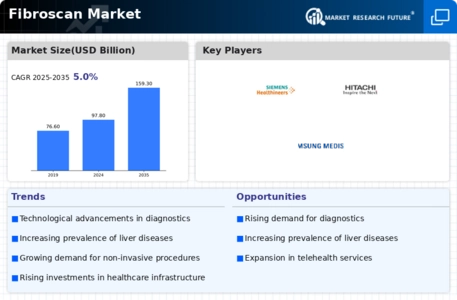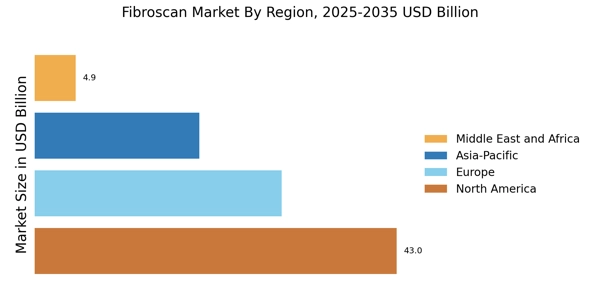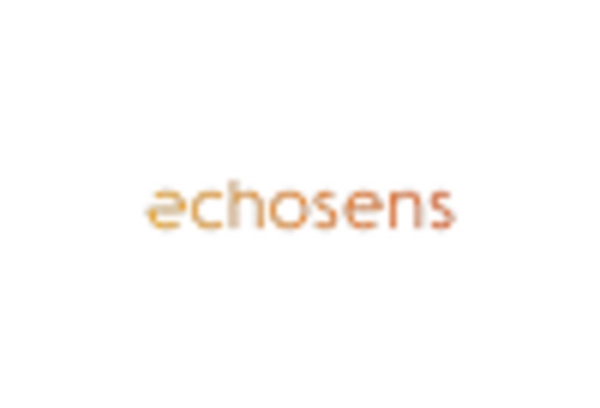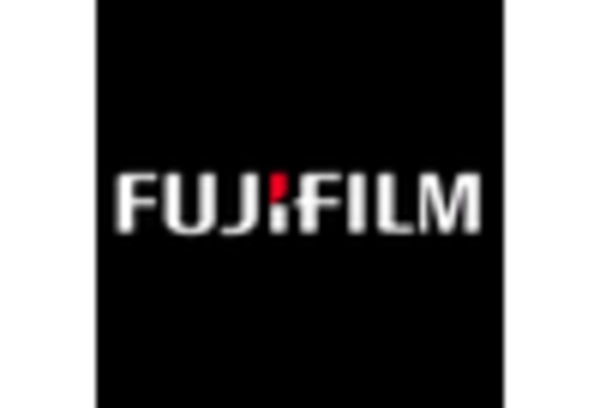Leading players in the Fibroscan Market are focused on strategic initiatives to maintain their market position and drive growth. This includes investments in research and market developments to enhance Fibroscan Market technology, expand product portfolios, and improve diagnostic accuracy. Additionally, partnerships, collaborations, mergers, and acquisitions are pursued to broaden market reach, access new geographic regions, and strengthen distribution networks. Moreover, marketing campaigns, educational initiatives, and customer support services are employed to increase awareness and promote the adoption of Fibroscan Market technology.
Manufacturing locally to minimize operational costs is one of the key business tactics used by manufacturers in the global Fibroscan industry to benefit clients and increase the market sector. In recent years, the Fibroscan industry has offered some of the most significant advantages to Portable. Major players in the Fibroscan Market, including Echosens, Siemens Healthineers, GE Healthcare, Philips Healthcare, Canon Medical Systems Corporation, Hitachi Medical Systems, Mindray Medical International Limited, Samsung Medison, FibroScan, Resoundant, Inc., and Others, are attempting to increase market demand by investing in research and development operations.
Echosens is a prominent player in the Fibroscan Market, specializing in innovative medical devices for non-invasive liver assessment. The company's flagship product, FibroScan, utilizes Vibration-Controlled Transient Elastography (VCTE) and Controlled Attenuation Parameter (CAP) technologies to assess liver stiffness and fat content, providing valuable diagnostic information for liver diseases. Echosens is committed to advancing liver health through accurate and accessible diagnostic solutions, catering to healthcare providers worldwide. With a focus on research and development, Echosens continuously strives to enhance FibroScan technology, improve diagnostic accuracy, and expand applications across various liver conditions.
Moreover, the company offers comprehensive training, support, and service solutions to ensure optimal utilization and customer satisfaction, solidifying its position as a leading provider in the Fibroscan Market.
GE Healthcare is a prominent player in the Fibroscan Market, offering innovative medical imaging and diagnostic solutions worldwide. While not a direct provider of Fibroscan Market technology, GE Healthcare manufactures and distributes a wide range of medical devices and equipment used in liver imaging and assessment, including ultrasound systems and advanced imaging modalities. Leveraging its extensive expertise in medical imaging, GE Healthcare collaborates with other companies developing Fibroscan Market technology, providing essential infrastructure and support for liver assessment procedures.
With a commitment to advancing healthcare through technological innovation, GE Healthcare plays a significant role in facilitating the adoption and utilization of Fibroscan Market devices, contributing to improved patient care and outcomes in the Fibroscan Market.


















Leave a Comment